This 2 year applied research project included multiple participatory instances involving 3 very different groups of stakeholders: citizens, public and private sector within Environmental management of the mining industry. As a result, a pilot of an environmental information platform was created for which I was in charge of directing the user research process and UX process and then overseeing the UI and development process, acting as a Project Manager.
This first platform pilot involved 4 municipalities that have strong mining presence and conflict, aiming to integrate environmental impact information from the mining industry in Chile into a publicly accessible platform. Alhué, San José de Maipo, Los Andes and Puchuncaví, are communes where the provision of equitable information becomes fundamental for environmental compliance, coexistence within the territory and sustainable community development.
Follow the projects process and updates
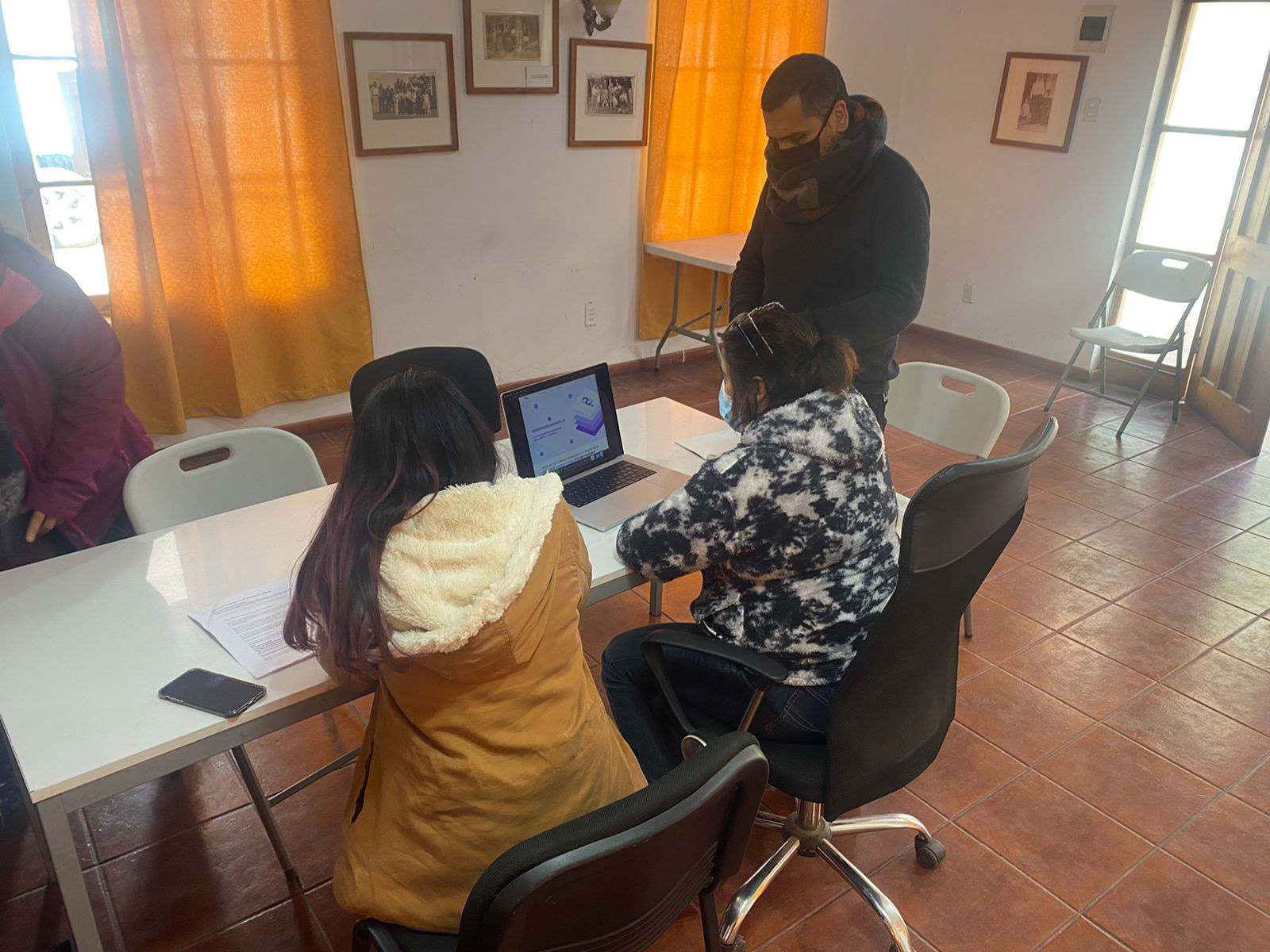
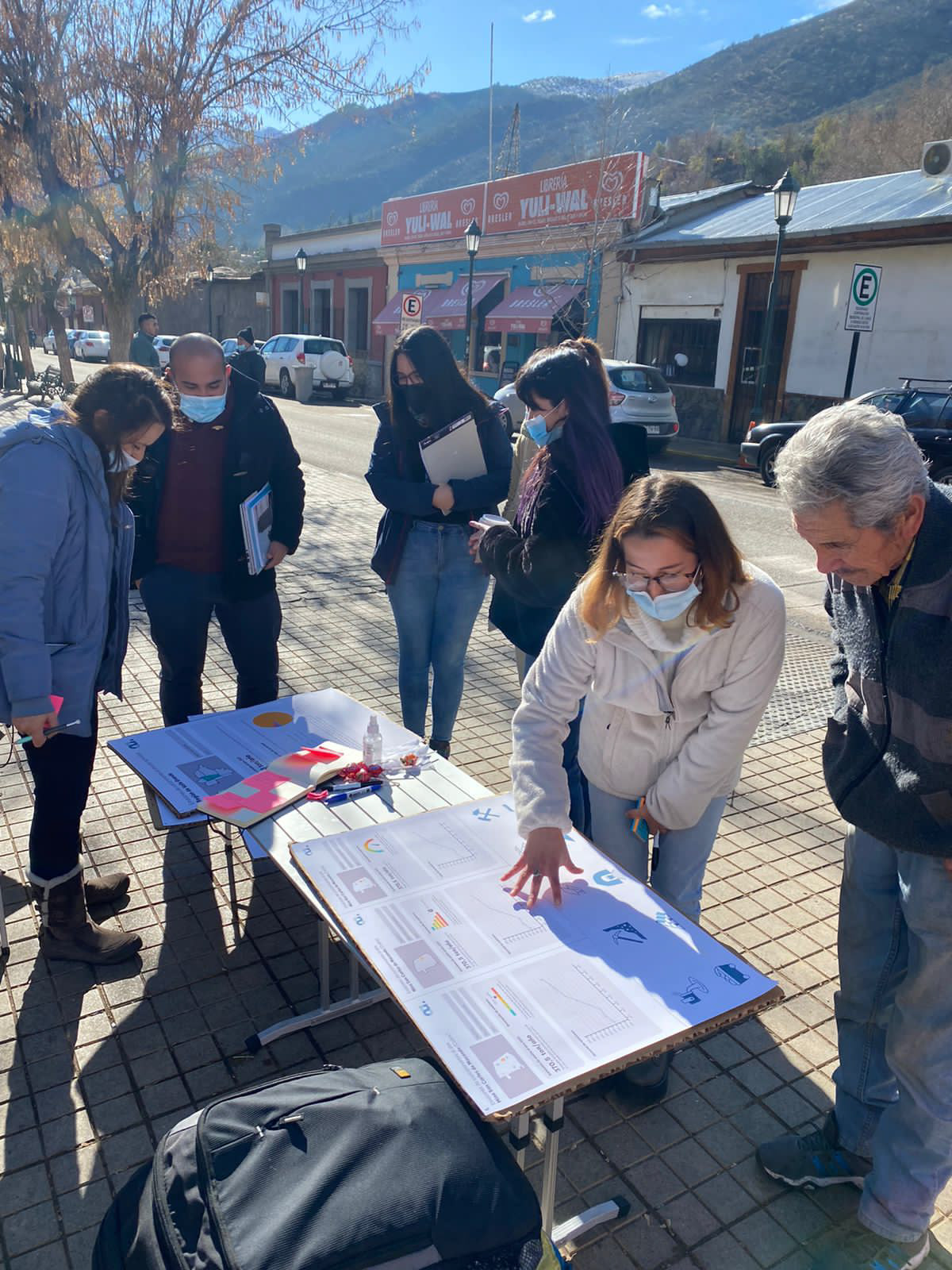
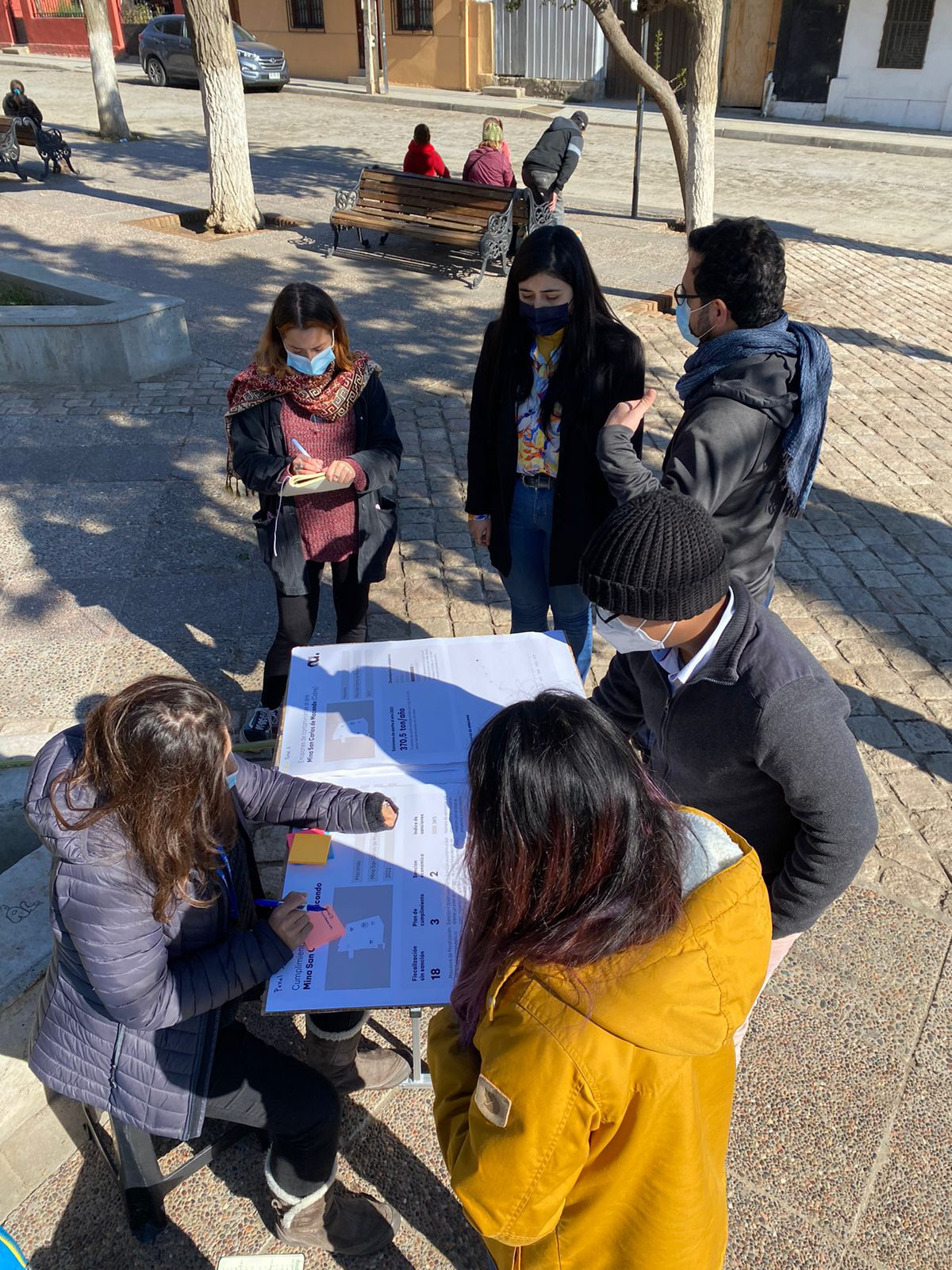
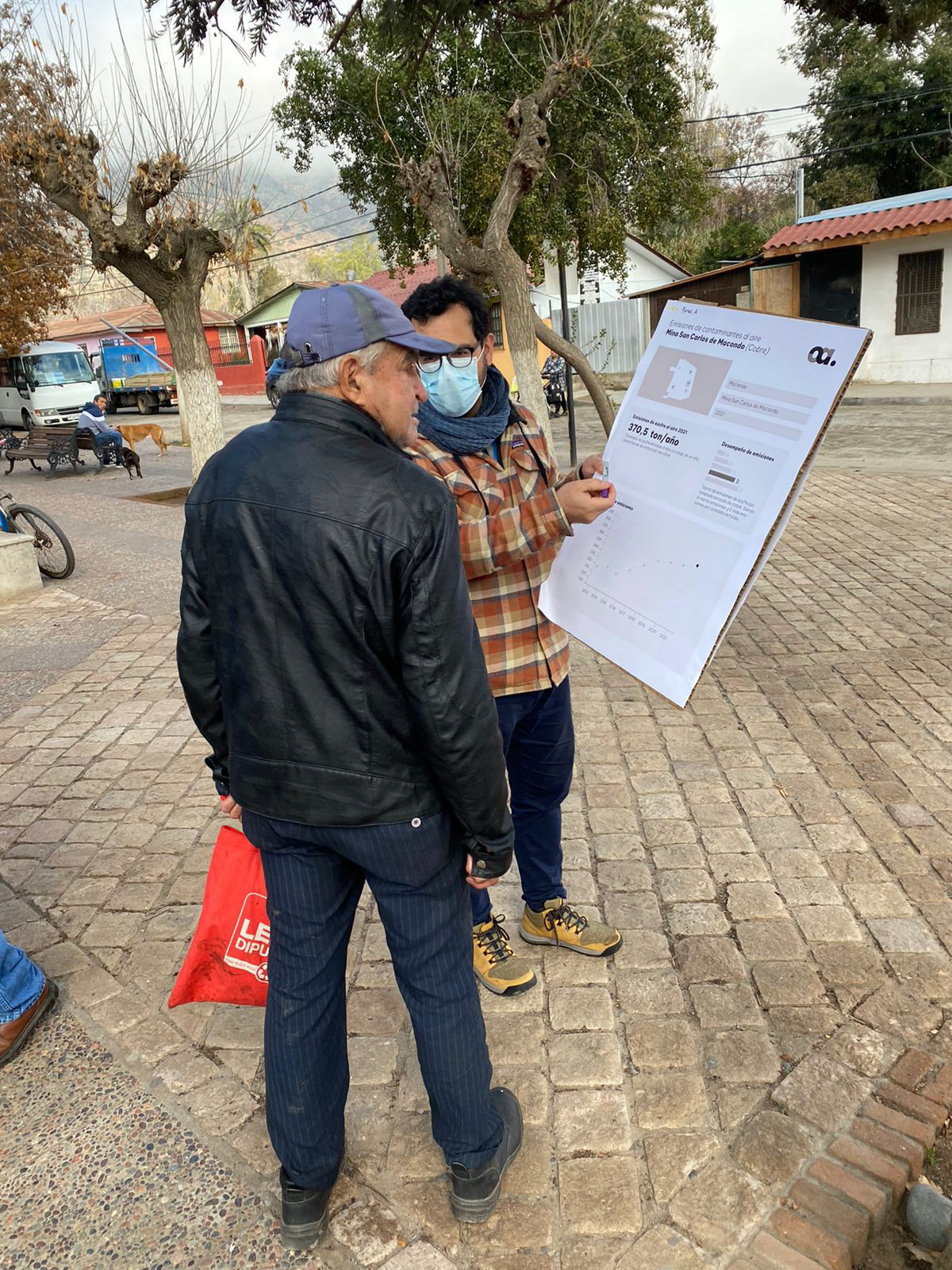
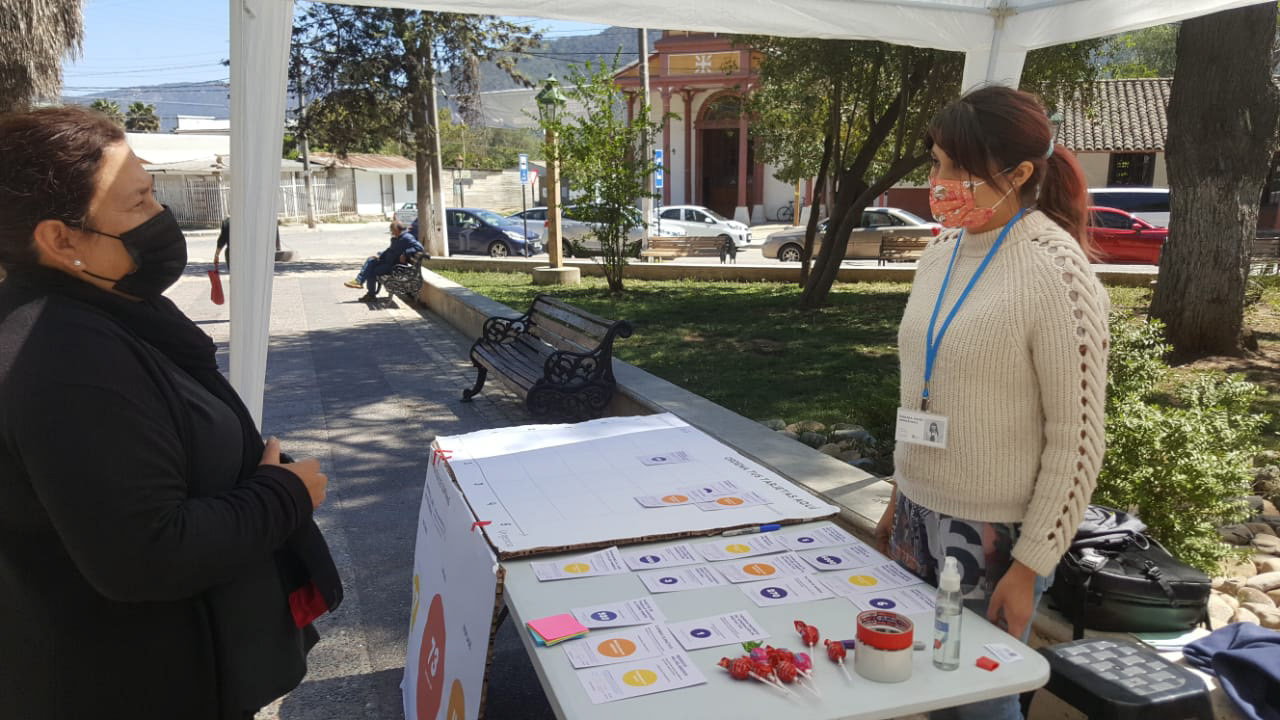
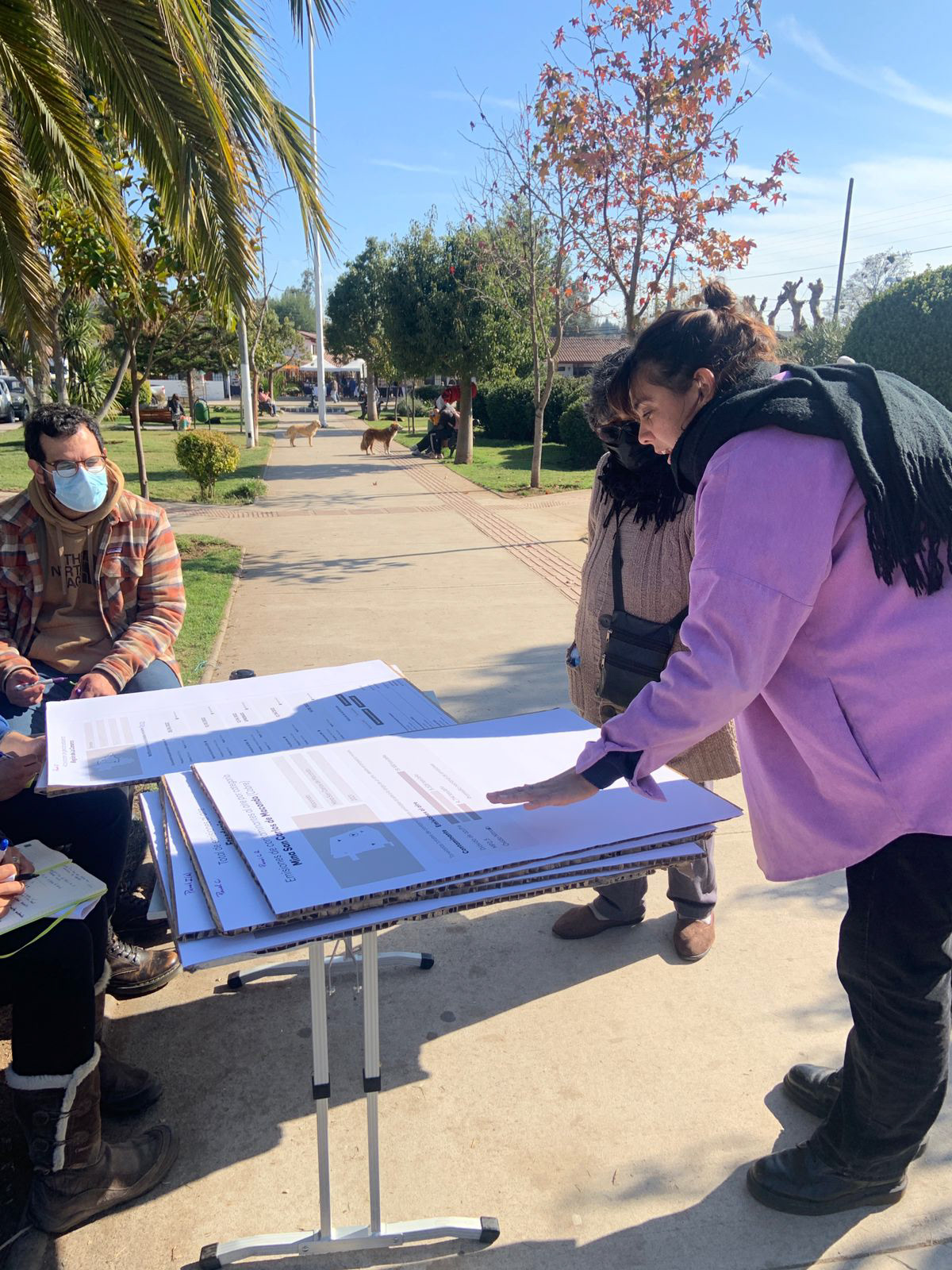
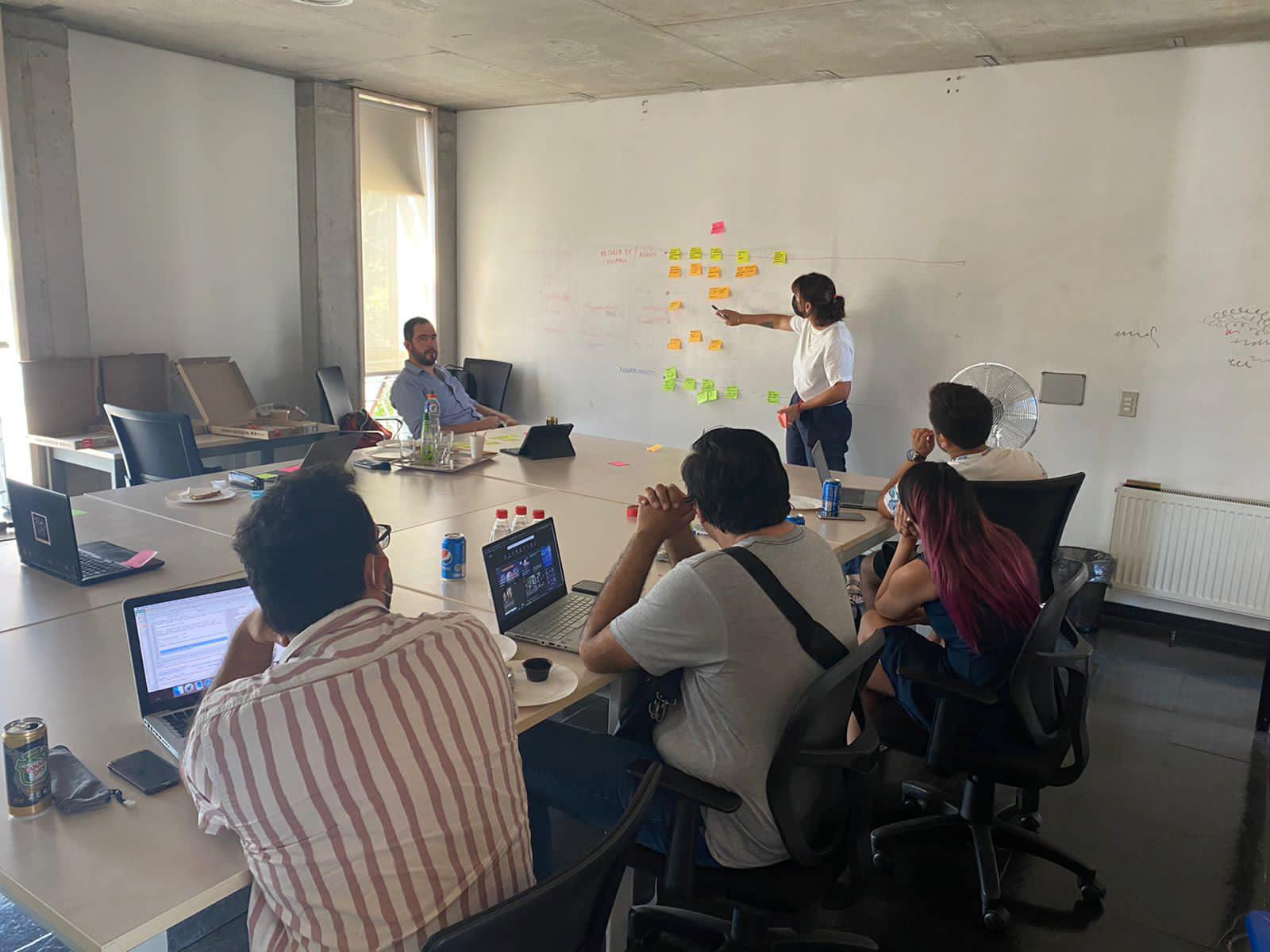
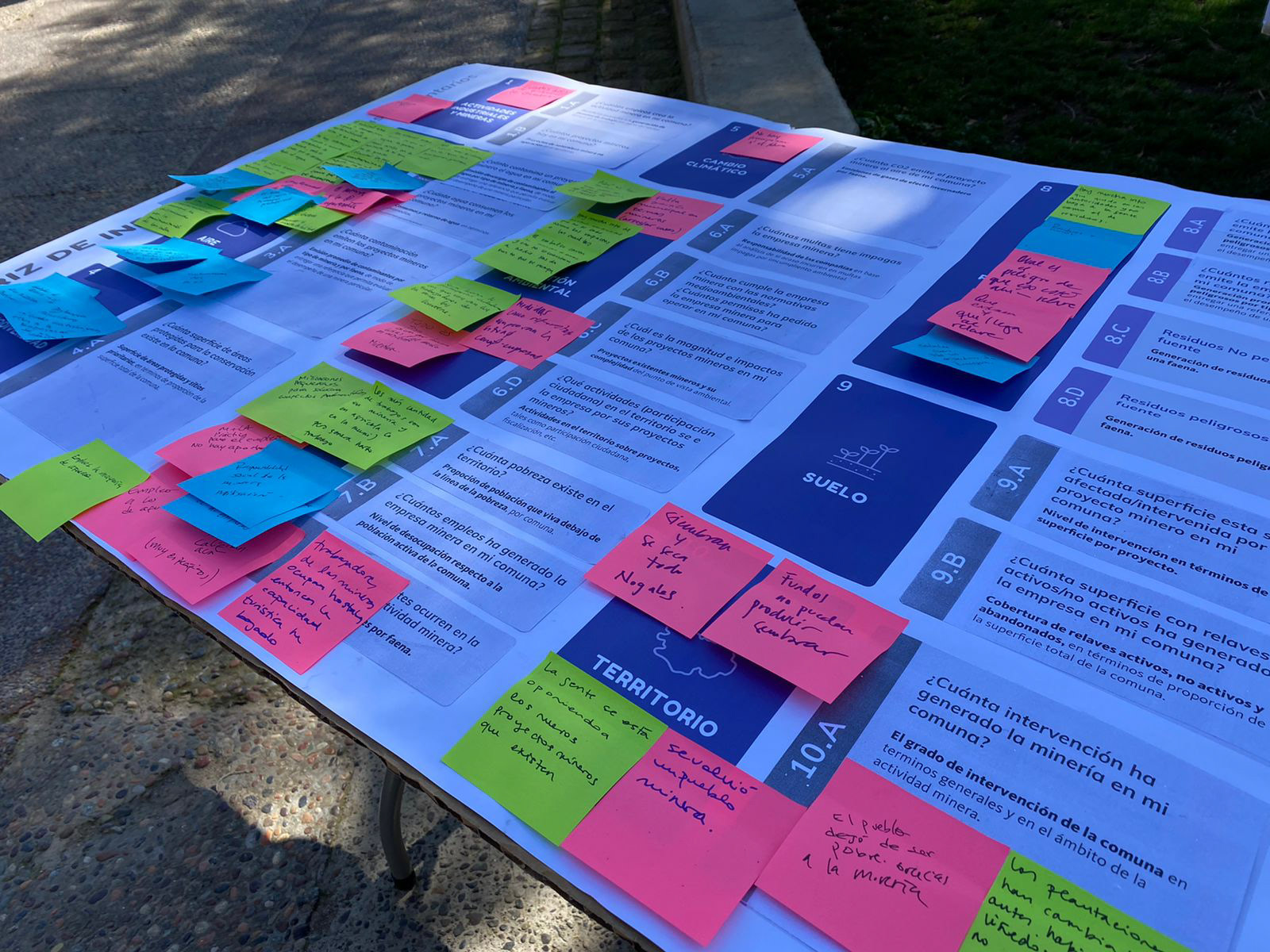
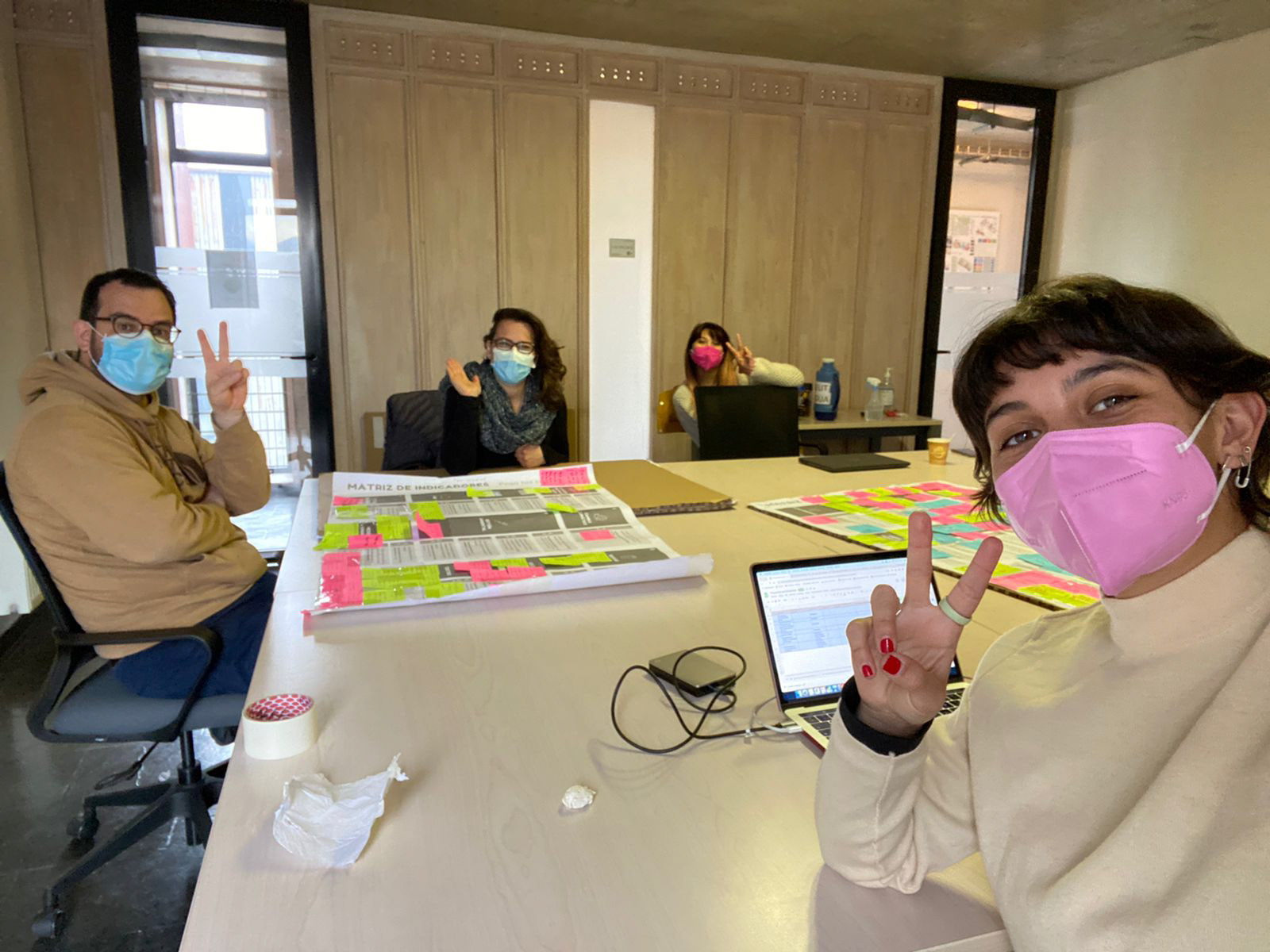
Firstly, we engaged with local communities, members of the mining industry and policy makers in order to make a diagnosis of the perception of environmental information and the needs of the users. From this, the team designed a user-informed list of needed indicators that would be able to give back agency to users involved in environmental management. Which we then gave back to the community to prioritize and chose in a participatory workshop in the open spaces of the 4 communes of the project.
When the communities decided on what information was more important to them related to environmental data, the design of the platform started. With several participatory evaluations with the community, the design team decided upon the way the different types of indicators were going to be visualized and how the overall platform was going to look and be used. Adding to the participatory methods to include the different stakeholders, atomic design and UX/UI tools and methods were used in this process.
Below you can see the wireframes used for the evaluation of de UX and UI Design. B/W was used at first to focus people on the content and the colour was added to layer the complexity of the information.
Understanding the problem with digital literacy in Chile, these wireframes were printed in panels like seen in the images above and commented on by people in field research instances.






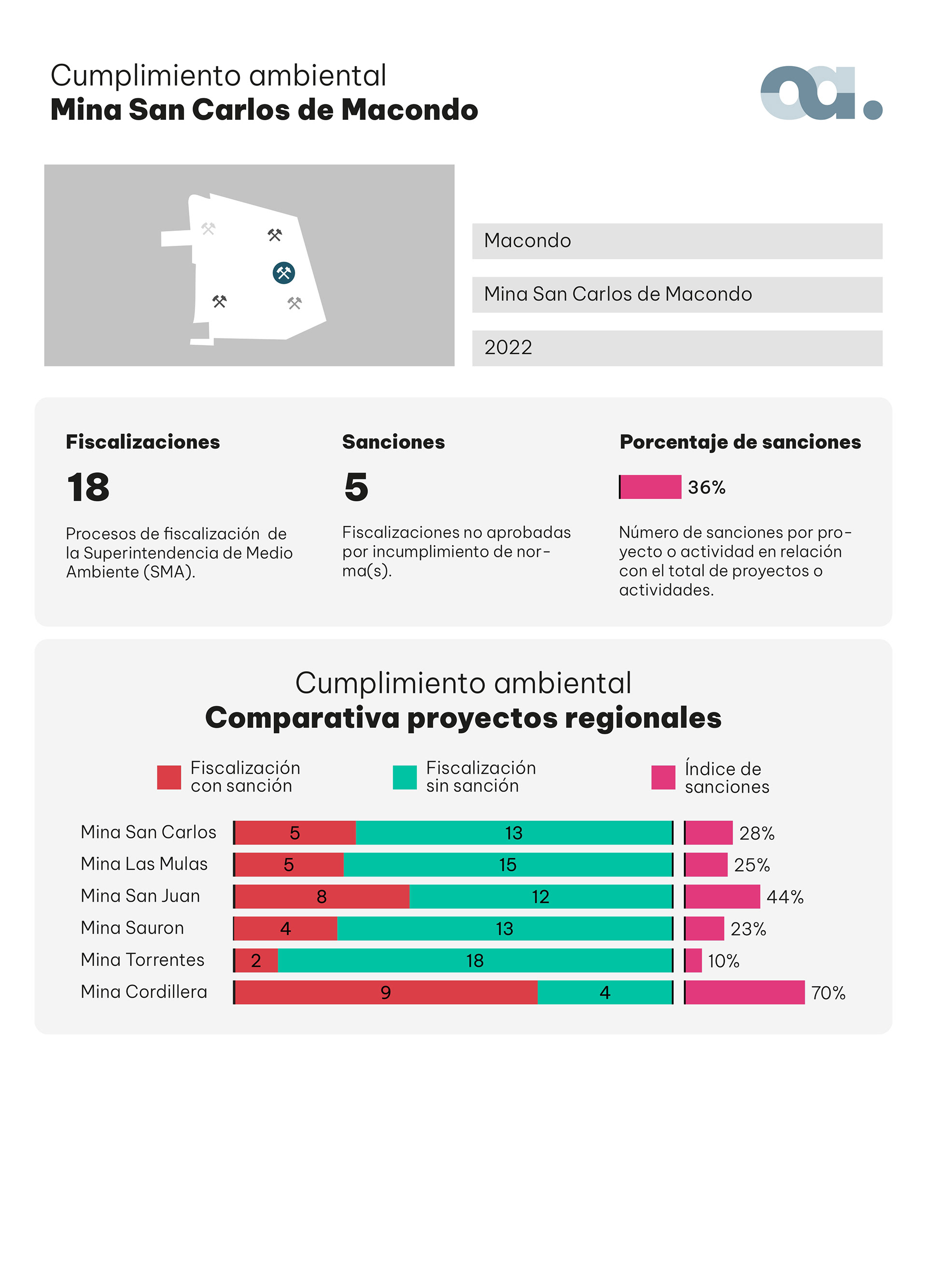
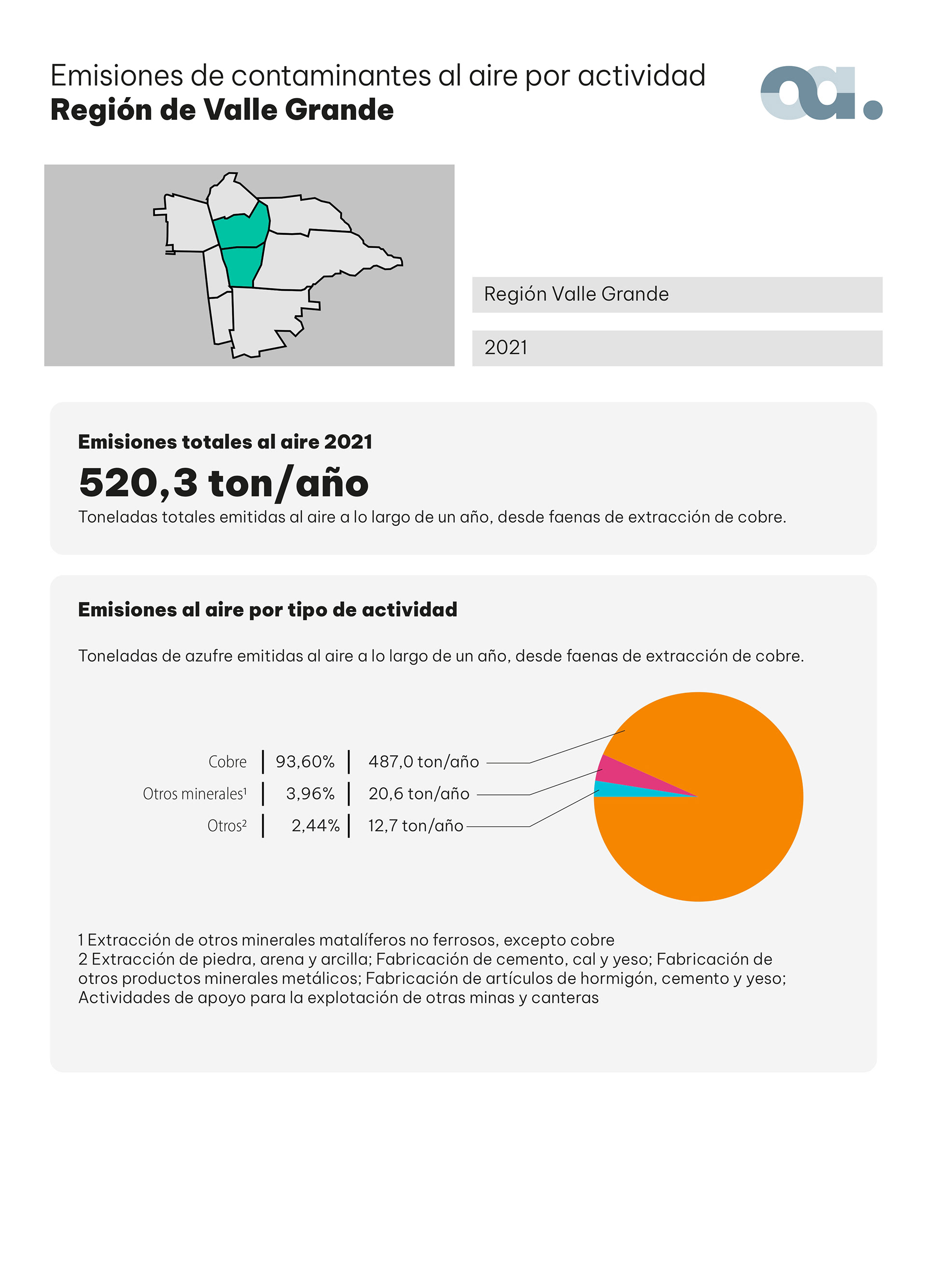
Internal and external quality assessments of the digital platform were done before opening its functionalities to the public, which was done in early May 2023. Multiple academic results like conference presentations, proceedings and academic papers are on its way.
Visit the final platform here
*Additionally I was also in charge of the visual identity of the project and the Community Management of the instagram